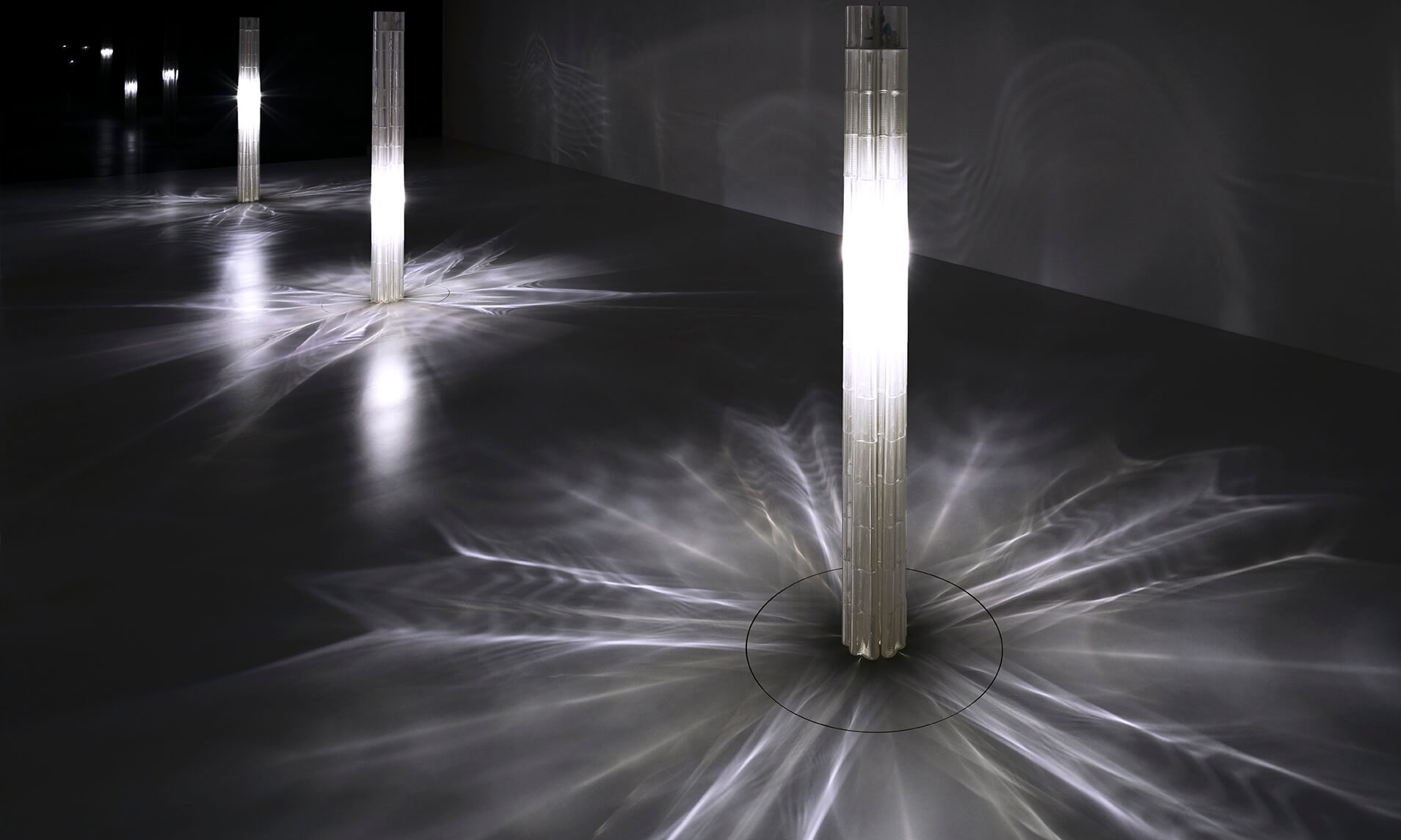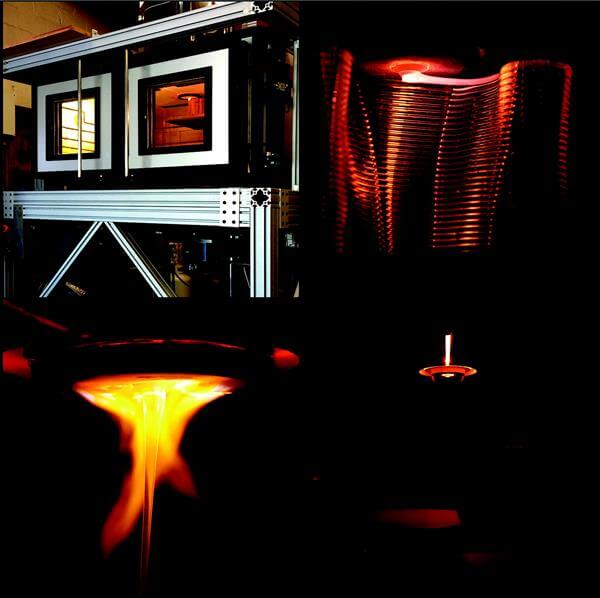3D printing glass: A new challenge
Posted By Lucie Gaget on Jan 30, 2019 | 0 comments
More and more materials are 3D printable and today, we are going to talk about 3D printed glass developed by MIT’s scientists. Researchers, 3D printer manufacturers, everybody knows that the potential of 3D printing can be increased with a growing and interesting offer of 3D printing materials. Indeed, having more 3D printing materials available means more possible applications of additive manufacturing. 3D printed glass could clearly offer new applications and start to interest new industries.
Is it possible to 3D print glass? Why do we need 3D printed glass? Let’s discover it right now!
3D printing glass, a challenge for researchers
Glass is a difficult material to print. Indeed, scientists are trying to use this technology for a few years now, and even when they succeeded, the objects were not that transparent and didn’t have the required mechanical properties.
MIT researchers are quite involved in 3D printing research; believing in the potential of additive manufacturing, these researchers started to work on 3D printed glass. This research to succeed in 3D printing glass is made by Chikara Inamura, Michael Stern, Daniel Lizardo, Peter Houk, and Neri Oxman from the Massachusetts Institute of Technology, in Cambridge.
Researchers explain in their article, Additive Manufacturing of Transparent Glass Structures: “AM with molten glass presents a potential path toward the production of highly complex geometry and custom-designed objects while retaining the optical transparency and chemical stability available through traditional manufacturing processes.”
Until now, this level of accuracy and repeatability was unattainable for glass. So how is 3D printing glass even possible? In order to do so, the MIT team had to develop a brand new 3D printer. They first developed a machine called G3DP, but recently started to develop an improved version of this 3D printer: the G3DP2.
https://www.liebertpub.com/doi/full/10.1089/3dp.2018.0157
This new machine combines digitally integrated three-zone thermal control system with four-axis motion. This new process actually allows an industrial scale production, which is big news for glass material.
Optical transparency and chemical stability are both offered by this new process working with deposition of molten glass. This machine is using a closed and heated box to keep the melted glass in place, with a thermally-controlled one for the actual printing to take place.
How is this additive manufacturing process working? Silicate glass particles are suspended in resin, which allows creating complex geometries.
What could we do with this 3D printed glass?
3D printing glass could be convenient for decoration and architecture. For the moment, these researchers are working on a proof of concept of this material with optical transparency. Indeed, researchers are taking special care to control the glass extrusion system, in order to ensure that it cools down and crystallizes without any impurities or structural problems.
https://www.liebertpub.com/doi/full/10.1089/3dp.2018.0157
Then they will have to develop 3D printed glass structures at an architectural scale to evaluate the practical capabilities of the new system for industrial production. Indeed, this new printable material could be really great for the architecture sector, which is always looking for new complex designs to build and new materials to use. Additive manufacturing is really a great advantage for architects, it offers new possibilities and allows to build an impressive and quite complex structure in place, and sometimes, only in one part.
Glass 3D printing could be a real revolution, and a lot of new industries could start to think about producing by using 3D printing technology. If you want more info, subscribe to our newsletter and receive all the news about the new about the 3D printing materials being developed.


 Connect with Google
Connect with Google Connect with Facebook
Connect with Facebook

